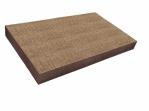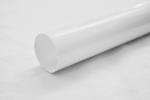World's Best Knauf Insulation Producers In Recent Years
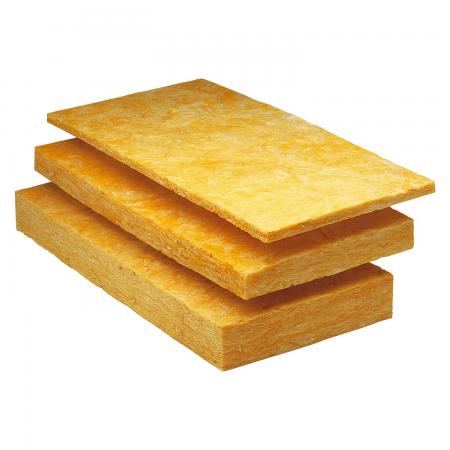
Knauf insulation in buildings is a way to save energy and prevent heat loss in buildings . Proper insulation of various parts of the building such as roof, floor and side walls, as well as insulation of hot and cold pipes and surfaces increase energy efficiency. Building insulation can save 45 to 55 percent on heat and cold energy. All building materials pass some of the heat or cold. In some materials, such as metal and glass, this transition is easy. But materials such as wool, animal moss, thick fabrics, and static air are very resistant to heat and cold transfer and are used as insulators. read more about the knauf insulation products, knauf insulation careers, knauf insulation 100mm, knauf products, knauf asia, glass mineral wool and working at knauf insulation.

What is Knauf Insulation made of?
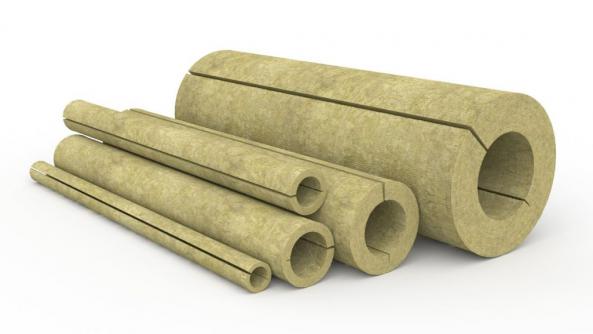 Knauf insulation section
Knauf insulation section
Knauf Insulation is the world’s leading manufacturer of insulation materials. Notable portfolio of Knauf Insulation products include high quality mineral wool insulation materials, such as ECOSE® mineral wool, mineral wool, blowing (or loose) wool, Heracles brand wool, and extruded polystyrene (XPS) products. ). The portfolio has recently expanded by adding a new range of green solutions. Our Urbanscape range is an innovative, lightweight, easy-to-install high-capacity water holding system designed specifically for green roofs, landscapes and gardens.
As a global actor and part of an international family-owned operating company, Knauf Insulation can now look back over 30 years on the company. Since the founding of Knauf Fiber Glass in Shelbyville (United States) in 1978, the company has sold 1.3 billion euros in 2013. Today, Knauf has insulation with more than 5,500 employees in over 35 countries with over 40 manufacturing plants in 15 countries.
Insulation means energy efficiency
Knauf Insulation has pledged to meet the growing demand for energy efficiency in new and existing homes, residential buildings and industrial applications. Knauf is insulated to meet the growing demand for energy efficiency in new and existing homes, residential buildings and industrial applications.
Knauf’s strength is insulation in a wide range of solutions and comprehensive solution expertise. Whether you need mineral wool, wood wool or XPS for use in residential, commercial, industrial, or equipment manufacturing (OEM) industries, as a customer you can always rely on Knauf Insulation for impartial advice on The best product or solution for any given application
Bright prospects
Insulation alone can reduce building energy consumption by one third. Therefore, as one of the largest insulation companies in the world, the most sustainable thing Knauf insulation can do is to ensure that more insulation goes into new buildings and that more buildings are renovated. And that’s just what it does. Beyond this insulation, Knauf is developing a range of innovative new solutions to help actively participate in the fight against climate change and tackle the problem of scarcity of natural energy resources.
How many types of knauf insulation are there?
Insulators can be divided into three categories: hot and cold and average temperature according to the operating temperature range:
Knauf insulation
The choice of type of thermal insulation depends on ambient temperature, safety, environmental conditions and price. The thickness of the thermal insulation must be chosen in such a way as to be economically optimal, ie to minimize the loss of energy with the minimum thickness of the insulation.
Warm insulation
Hot insulators are mostly used for insulating areas and equipment that have a higher operating temperature than room temperature. They are also used as heat insulation for building and insulating walls and ceilings. Hot insulators can also be used to insulate hot transmission lines, such as motors, heating systems, and chimneys. The operating temperature range of these insulators is usually between C025 – C0600.
Cold insulation
Cold insulators are mostly used for insulating the lines of ventilation systems and conduits or liquids. These types of insulators usually have a very low water and vapor permeation coefficient and thus prevent condensation (refrigeration) of the steam. This property makes them ideal for insulation in refrigerators, refrigerators and coolers. The operating temperature range of these insulators is in the average range between C0100 to C0100. If the ambient or pipeline temperature does not exceed the operating temperature range, these types of insulators can also be used in the insulation of heating lines such as the boiler and the engine room.
High Temperature Insulators (Refractory)
These types of insulators have the ability to withstand very high temperatures and are widely used in certain industries such as melting furnaces and heat treatment furnaces as well as fire retardants. The most common type of insulator on the market is ceramic wool, which can withstand temperatures up to C01650. Calcium silicate is also a requirement for a variety of refractory insulators. Certain types of rock wool that have special resins can withstand very high temperatures and fall into this category. Most refractory materials used for construction purposes at very high temperatures above 0011 ° C (including sand, sand, brick, and refractory stone) fall into a specific class of insulation.
Mineral wool
Mineral wool, including rock wool and slag wool, is made up of inorganic fibers bonded by organic resin. Mineral wool has high thermal resistance and is found in almost all standard sizes of industrial pipes. Wool is used both as thermal insulation and as sound and fire insulation.
Elastomeric flexible foam
Flexible foams are soft foam made of NBR or EPDM elastomer rubber or polyethylene foam (XPE / EPE). Such foams are cold insulated and have a high vapor permeability. Due to their excellent resistance to water vapor crossing, no additional water vapor barrier is required. The high vapor resistance property, together with the high tire radiation properties, allow flexible foam of relatively low thickness to prevent surface condensation. As a result, such materials are used extensively in cooling, plumbing and ventilation systems. However, such materials can also be used in hot water and heating lines.
Rigid foam
Solid polymeric foams such as phenolics, polyurethane or polystyrene (XPS / EPS) are also used in pipe insulation. Such foams have a very low heat transfer coefficient but have very low anti-acoustic properties. These foams are available in the market as standard injectable or preformed pipes.
glass wool
Glass wool, like rock wool, is made of non-organic glass fibers bonded together by organic resin. Like mineral fiber insulators, glass wool is also used in both thermal insulation and acoustic insulation. Mineral wool and glass wool are warm insulation.
Best suppliers and wholesalers of knauf insulation
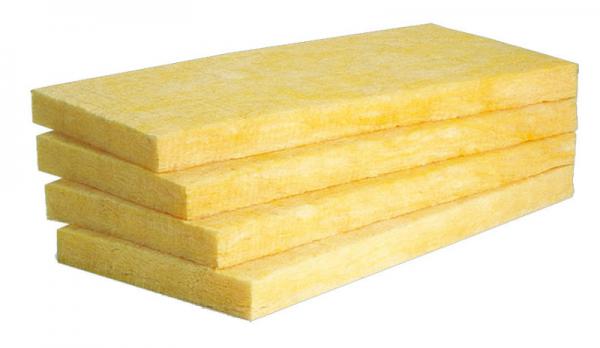 Complete systems and warranty
Complete systems and warranty
Knauf components and systems are independently tested to comply with the requirements of the National Construction Code (NCC) and Australian Standards, and are guaranteed to be free of defects or defects for ten years.
Made in Australia
Knauf has five Australian manufacturing plants in Victoria, New South Wales and Queensland, all working under a strict quality assurance system and producing to Australian standards.
Stability and neutral carbon
As part of our long-term commitment to sustainable development and mitigating environmental impacts in manufacturing processes, we have introduced Australia’s first valid NCOS carbon neutralizer program for gypsum boards and metal frames.
World trade is family owned
A corporate group of global dimensions Knauf is a typical family company that despite its amazing size and success stems from short and direct decision-making paths, the courage to confront new ideas, innovation, investment and a wealth of ideas. Employees
Local knowledge and support
Knowhow Team The Knauf Australia team provides engineering, technical, sales and customer service expertise and completes full project support.
Safety is important …
No matter what we do, it is most important for us to go home safe every day. At Knauf, the health and safety of all our employees, customers and suppliers is top priority in all our business goals
What is the safest home insulation?
Properties of Knauf insulation
Important characteristics to consider when selecting insulation materials are:
Heat resistance, combustibility, degree of toxicity, compressive strength, wrinkle, UV resistance, fungus and microbe resistance, expansion and shrinkage coefficient, chemical neutrality (to prevent damage to surrounding metals) , Capability and density. Insulators are marketed in various forms of plates, boards, bricks, sheets and tapes.
Insulators are divided into two general groups in terms of their mechanism of action in preventing heat transfer:
- Bulk Insulation: This type of insulation involves millions of bubbles of inert air or other gases trapped inside the insulation. These air bags are resistant to heat transfer. Bulk insulation reduces radiative heat transfer, conductivity and conductivity.
- Reflective insulation: Reflective insulation reflects heat.
Canvas thermal insulation in buildings
Rock Wool: Rock wool is a type of mineral inorganic insulation made of very thin fibers. The raw material for the production of these basaltic fibers is from the igneous and dolomite family which is abundant in our country. The product is completely sterile and is immune to the dangers of parasites, fungi, bacteria and insects. Since rock wool is an open cell insulator, so water and steam affect it, and after installation it must be fitted with a steam cover. The stone wool has a long life and is the same as the building life. One of the important uses of rock wool is to use it as a fire extinguisher. In fact, this coating can be used to protect steel structures, elevator wells, electrical installations, escape corridors, and so on.
What insulation has highest R value?
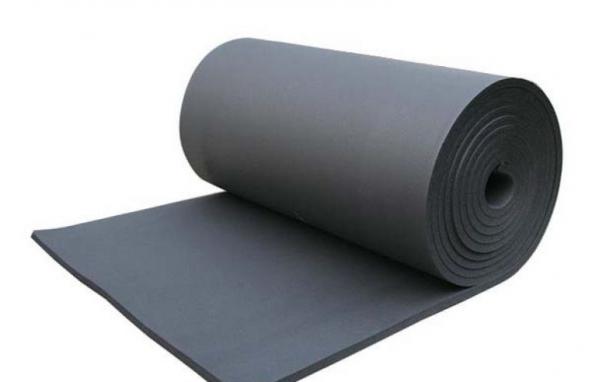 In the case of construction, the R value is a measure of how well a two-dimensional barrier, such as an insulation layer, a window or a complete wall or ceiling, withstands the conductive heat flux. The value R is the temperature difference per unit of heat flux that is required to maintain a unit of heat flux between the warmer surface and the colder surface of a barrier in steady state.
In the case of construction, the R value is a measure of how well a two-dimensional barrier, such as an insulation layer, a window or a complete wall or ceiling, withstands the conductive heat flux. The value R is the temperature difference per unit of heat flux that is required to maintain a unit of heat flux between the warmer surface and the colder surface of a barrier in steady state.
The R value is the building industry term for heat resistance “per unit area”. When using SI units (metric), it is sometimes specified by the RSI value. The R value can be given for a material (eg polyethylene foam) or for assembly of materials (eg a wall or window). In the case of materials, it is often expressed in terms of R per unit unit (such as thickness per inch or meter). The R values are for the additive layers and the higher the R value, the better the performance.
Insulation is one of the heroes immersed in the house. It is never seen and rarely does anyone think about it. While often overlooked, insulation is a comfortable, energy-efficient home. However, not all insulators are the same. There are a number of different materials such as fiberglass and cellulose as well as various types of eating and blowing lenses.
The common denominator among the types of insulation is R. The R value is a measure of the thermal resistance and measures the ability to transfer heat from one end of an object to the other. As a benchmark, an inch of solid wood has a value of R 1.
Besides knowing the R value of a particular insulator, it is also important to calculate the R value of an entire system. For example, a wall of fiberglass 3 (R value 10.8 – 11.9) may have an R value of approximately 14 due to its siding, cladding and layered appearance. Try the R-value calculator available through the Oak Ridge National Laboratory. Just keep in mind that this calculator is not a factor of drying factor (R-value of 0.45).
Finally, there is no set standard for insulation in an area. Various factors determine how much or how little insulation you need. These factors include your geographical location and the type of heating system you use. The chart below describes the R value for the different areas in your home for the areas provided by Energystar.gov and your furnace heat source. The graph also shows the types of insulation and their R value.
Best prices of knauf insulations on global market
Global Market Research Report provides an overview, market share and growth opportunities by product type, application, key manufacturers and key regions and countries. This report provides an in-depth analysis of the Global Acoustic Alert market, the market trends, drivers and restraints in the Acoustic Alert market.
Market segmentation:
By Type:
- – Acoustic plastic foam
- – glass wool
- – Rock wool
- – Another
By App:
- – building construction
- – Transportation
- – Another
Geolocation:
- Countries market segment, coverage
- North America (United States, Canada, Mexico)
- Europe (Germany, England, France, Russia, Italy)
- Asia-Pacific (China, Japan, Korea, India, Southeast Asia)
- Middle East & Africa (Saudi Arabia, United Arab Emirates, Egypt, Nigeria, South Africa)
- South America (Brazil, Argentina, Colombia)
Demand and supply of knauf insulations in Asia
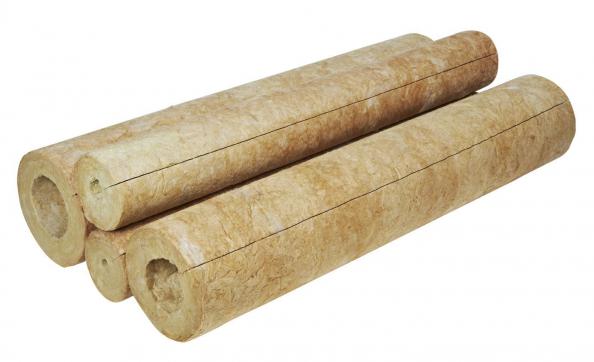 One of the most important parameters in choosing the type of insulation in Asia is the operating temperature range of the insulator. For each insulator, depending on its life, a specific operating temperature range is defined: that is, the insulation in that temperature range will work best.
One of the most important parameters in choosing the type of insulation in Asia is the operating temperature range of the insulator. For each insulator, depending on its life, a specific operating temperature range is defined: that is, the insulation in that temperature range will work best.
Some insulators lose their properties outside the operating temperature range. Polyolefin cell insulators are part of thermoplastic insulators so that if the temperature exceeds the operating temperature range, they will suddenly undergo severe plastic deformation.
Therefore, prior to insulation, the conditions and temperatures of the environment and the system to be insulated must be specified, and the appropriate insulation selected, depending on the operating temperature range.

